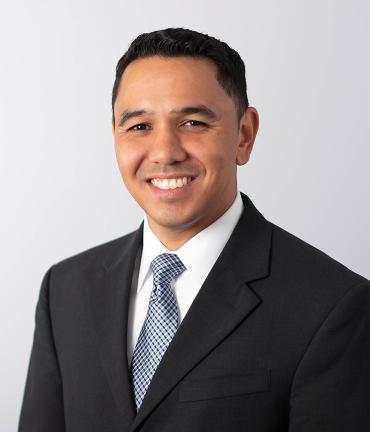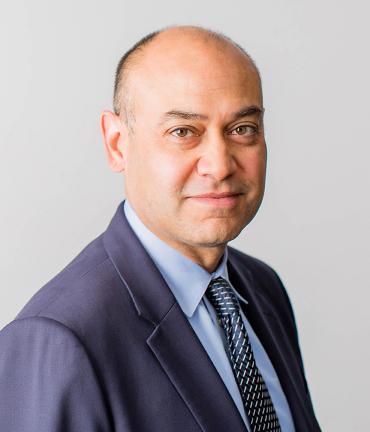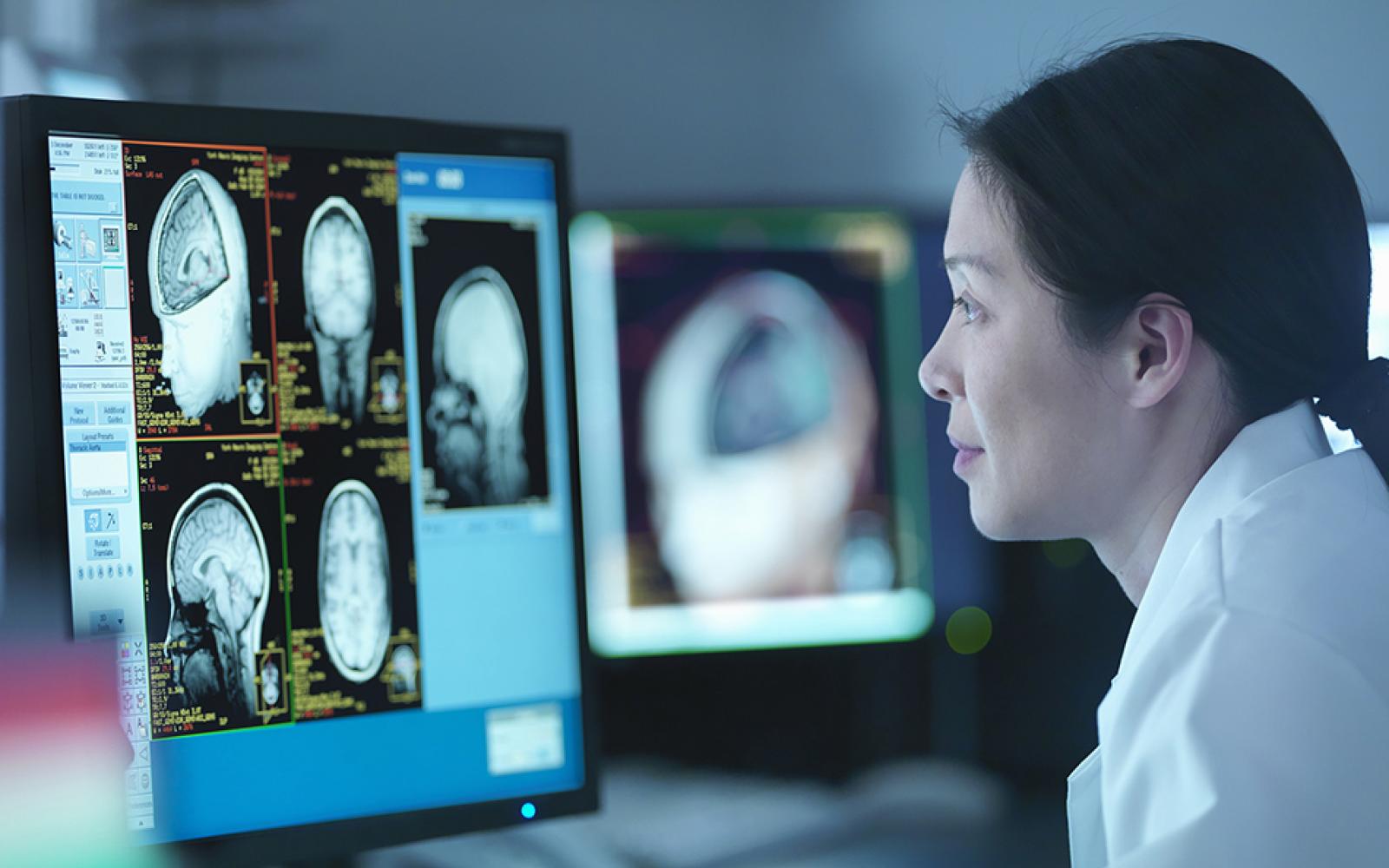
Neurofibroma
Neurofibromas are slow-growing tumors that arise from Schwann cells which normally wrap around nerves and provide a variety of supportive functions.
Neurofibromas can occur along any of the peripheral nerves, which include the cranial nerves that transmit information between the brain and parts of the head and neck.
Neurofibroma symptoms can vary greatly, depending on the size, location, and subtype of tumor. For example, many neurofibromas cause mild to no symptoms. Others, even though these tumors are classified as benign, may cause pain, numbness, or other neurologic deficits if the tumor compresses functioning fibers within the affected nerve.
Neurofibromas can be classified according to a variety of factors, including by histological characteristics. The tumor subtypes are listed below:
- Localized neurofibromas can occur anywhere on the body and commonly appear as a painless, small (<2 cm), skin-colored bump. These are the most common type of neurofibroma, with mild to no symptoms.
- Diffuse neurofibromas usually occur on the head or neck as an area of skin that appears hardened or thickened. There may be mild numbness depending on the size of the lesion.
- Plexiform neurofibromas can occur on the head, neck, torso, or limbs. They may appear as a larger mass with multiple nodules that can have a twisting, winding appearance. Depending on its size and location, the tumor may cause pain or impact normal body function by growing into surrounding tissues and compressing vital structures.
- Atypical neurofibromas are an uncommon subtype that occur in deeper tissues. They have specific histological characteristics, including abnormal cell nuclei.
Rarely, neurofibromas, especially plexiform and atypical neurofibromas, may transform to become a malignant peripheral nerve sheath tumor (MPNST).
Localized neurofibromas are commonly noted in children with neurofibromatosis type 1 (NF-1) at the time of diagnosis. These tumors can grow with age and become more visible or obvious in adulthood. Similarly, plexiform and diffuse neurofibromas are often noted early, but they persist throughout the lifetime of the patient.
For most patients, the cause of neurofibroma is unknown. However, certain genetic conditions can increase a patient’s chance of developing neurofibroma. For example, neurofibromas are the characteristic feature of a tumor predisposition syndrome known as neurofibromatosis type 1 (NF-1).
Treatment depends on a number of factors, including size, location, subtype, and extent of symptoms.
Most localized neurofibromas cause little to no symptoms, and may simply be monitored for additional growth. They may also be surgically removed for cosmetic reasons if they are located in a visible area.
Neurofibromas that are causing pain or impairing neurological function – typically diffuse or plexiform neurofibromas – may be surgically removed to alleviate symptoms. However, complete surgical resection of plexiform neurofibromas may not be possible, since these tumors grow diffusely along nerves and cannot usually be separated from the functioning portion of the nerve. In these cases, there are now FDA-approved medications that can help to shrink these tumors. For plexiform neurofibromas in particular, continued observation is important, as some plexiform neurofibromas can transform into MPNSTs.
Many neurofibromas are mild or asymptomatic, and can be surgically removed for cosmetic reasons. For other neurofibromas, primarily diffuse and plexiform neurofibromas, surgery typically alleviates pain and other symptoms.
For NF-1 associated plexiform neurofibromas, it is best to surgically remove as much of the tumor as possible. However, patients with NF-1 are at risk for developing other tumors, including MPNST and optic nerve glioma. NF-1 is a complex, multi-system disorder that is usually diagnosed in childhood; patients at the UCSF Brain Tumor Center receive specialized, multi-disciplinary care in coordination with other experts through the UCSF Comprehensive NF-1 and Schwannomatosis Program, one of the few programs in the country that cares for patients with NF-1, NF-2 related schwannomatosis, and other schwannomatoses across the lifespan.
Our Specialists
This content was reviewed by UCSF neuro-oncologist Brian Na, MD, PhD.






